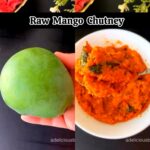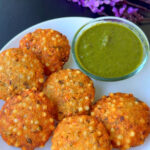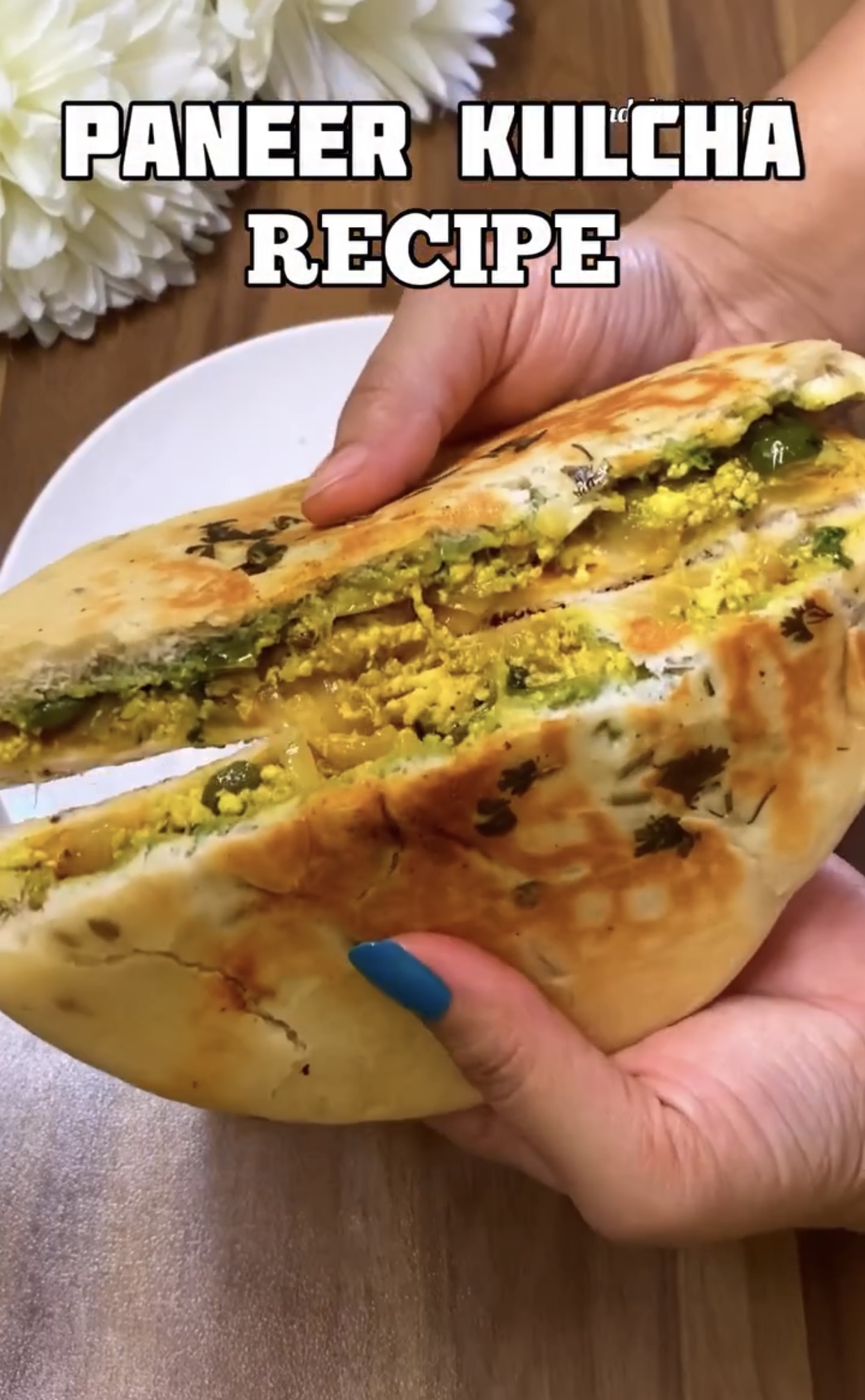Delicious Vrat Ka Dosa and Peanut-Coriander Chutney : A Nutritious and Delicious Navratri Fasting Recipe to Energize Your Fast
Navratri, one of the most celebrated festivals across India, is a period of deep spirituality, devotion, and of course, fasting. During these nine sacred days, millions observe vrat (fasts) that require abstaining from specific foods while maintaining energy and vitality through wholesome, sattvic meals.
Choosing the right recipes that keep both hunger and cravings at bay is essential for a successful fast, and nothing fits this bill better than Delicious Vrat Ka Dosa and Peanut-Coriander Chutney .
This recipe is a beautiful blend of tradition, nutrition, and taste. Made primarily from Sama rice (barnyard millet) and sabudana (tapioca pearls)—both fasting-friendly ingredients—it’s a wholesome dish that’s light on the stomach yet energizing.
The crunchy, golden dosa paired with a zesty and creamy peanut-coriander chutney makes a perfect Navratri meal or snack. Whether it’s your first time fasting, or you are a veteran celebrating this season annually, this detailed guide will help you master the recipe perfectly with practical tips and variations.***
During fasting, the body needs easy-to-digest, nutrient-rich foods that can sustain energy without causing heaviness. Sama rice is revered for its digestive benefits and is credited with providing steady energy during fasts. Similarly, sabudana is high in carbohydrates, giving an instant energy boost.
Making this Delicious Vrat Ka Dosa and Peanut-Coriander Chutney from these ingredients offers a familiar yet fasting-appropriate comfort food that’s crispy, satisfying, and nourishing. More than just sustenance, this dish connects you with the festive spirit, providing a delicious way to honor tradition.
***
Ingredients You’ll Need (with Nutritional Highlights)
- For the Dosa Batter:
- 1 cup Sama rice (Barnyard millet)Gluten-free, rich in fiber and vitamins, it’s excellent for digestion and energy.
- 1/4 cup sabudana (tapioca pearls): A good source of quick carbs to fuel your body during fasting.
- 1/2 cup fresh curd (yogurt): Adds probiotics and aids in fermentation, making dosas softer and digestible.
- 1 tsp sendha namak (rock salt): Traditionally used in fasting, adding essential minerals.
- Oil or ghee: For cooking to a crispy finish.
- For the Peanut-Coriander Chutney:
- A generous handful of coriander leaves:** Fresh, aromatic, and rich in antioxidants.
- 1/4 cup roasted peanuts:Adds protein, healthy fats, and a nutty flavor.
- 1/2 inch piece of ginger: For warmth and digestive benefits.
- 2 green chilies:Adds vibrant heat; adjust per preference.
- 2 tbsp fresh curd: Creamy base balancing flavors.
- Water: To blend to desired consistency.
- Sendha namak:To taste.
***
Step-by-Step Instructions: From Batter to Plate
Preparing the Batter
1. Dry Roast Ingredients: Begin by gently roasting sama rice and sabudana separately on low heat for 4-5 minutes until fragrant. This mild roasting enhances flavor and ensures easier digestion. Let them cool completely to avoid moisture buildup during grinding.
2. Grind to Fine Powder: Using a grinder or food processor, separately grind the roasted sabudana and sama rice into fine powders. This fine texture is crucial for smooth dosa batter.
3. Mix the Batter:In a large mixing bowl, combine the powdered sabudana and sama rice. Add fresh curd and sendha namak, then gradually add water while mixing to achieve a pouring consistency—similar to regular dosa batter but slightly thicker.
4.Rest the Batter: Cover the batter and let it rest at room temperature for 20-30 minutes. This rest period allows slight fermentation, developing subtle tang and improving dosa crispness.
Making the Vrat Ka Dosa
1. Heat your pan: Preheat a non-stick tawa or cast-iron skillet on medium heat until hot.
2. Pour and spread batter: Ladle a portion of batter onto the pan, spreading it thinly in circular motion to form a dosa shape.
3. Cook and crisp:Drizzle a few drops of oil or ghee around the edges. Cook for 2-3 minutes until the edges lift and the bottom turns golden brown and crisp.
4. Flip and finish: Carefully flip the dosa and cook the other side for another minute. Remove and place on a plate. Repeat with remaining batter.
Preparing Peanut-Coriander Chutney
1. Blend ingredients: In a blender, combine coriander leaves, roasted peanuts, ginger, green chilies, curd, sendha namak, and water to a smooth paste. Adjust water quantity to your preferred chutney consistency.
2. Taste and adjust: Check salt and spice levels. This chutney should taste fresh, tangy, and slightly spicy, providing a wonderful contrast to the mild dosa.
***
Serving and Pairing Ideas
Serve the dosas hot, accompanied by the peanut-coriander chutney. This pair makes for a satisfying snack or light meal during fasting. For a more elaborate vrat meal, pair with sabudana khichdi, steamed vegetables, or fruit salad.
***
Pro Tips to Perfect Your Delicious Vrat Ka Dosa and Peanut-Coriander Chutney
- – Don’t skip roasting:Roasting sama rice and sabudana not only improves flavor but helps reduce moisture, making the batter crispier.
- – Consistency is key:The batter should be pourable but thick enough to hold shape on the pan.
- – Moderate oil use:Use enough oil or ghee to crisp edges without making dosas greasy.
- – Experiment with spice:Adjust green chilies in chutney to suit your spice tolerance.
- – Storage advice: Batter can be refrigerated for 1-2 days; fresh chutney is best consumed immediately for vibrant taste.
Health and Cultural Significance of These Ingredients
The hallmark of Navratri fasting is mindful eating with health benefits embedded in tradition. Sama rice is known for its cooling properties and rich nutrient profile, supporting digestion and energy metabolism. Sabudana’s carbohydrate content replenishes energy effectively without weighing down the digestive system. Peanuts add protein and healthy fats, essential when fasting limits food variety.
The combination ensures a balanced intake to keep you energized and focused during your devotional practice.
***
Vrat Ka Dosa with Peanut-Coriander Chutney is more than just a fasting recipe; it’s a celebration of culture, health, and flavor. Its simple preparation, wholesome ingredients, and delightful taste make it ideal for Navratri or any vrat occasion.
Try out the recipe, tweak it to your preference, and bring the festive spirit to your kitchen. Don’t forget to share your experience, pictures, or special touches in the comments below—let’s build a community around joyous and meaningful fasting foods!
***


















